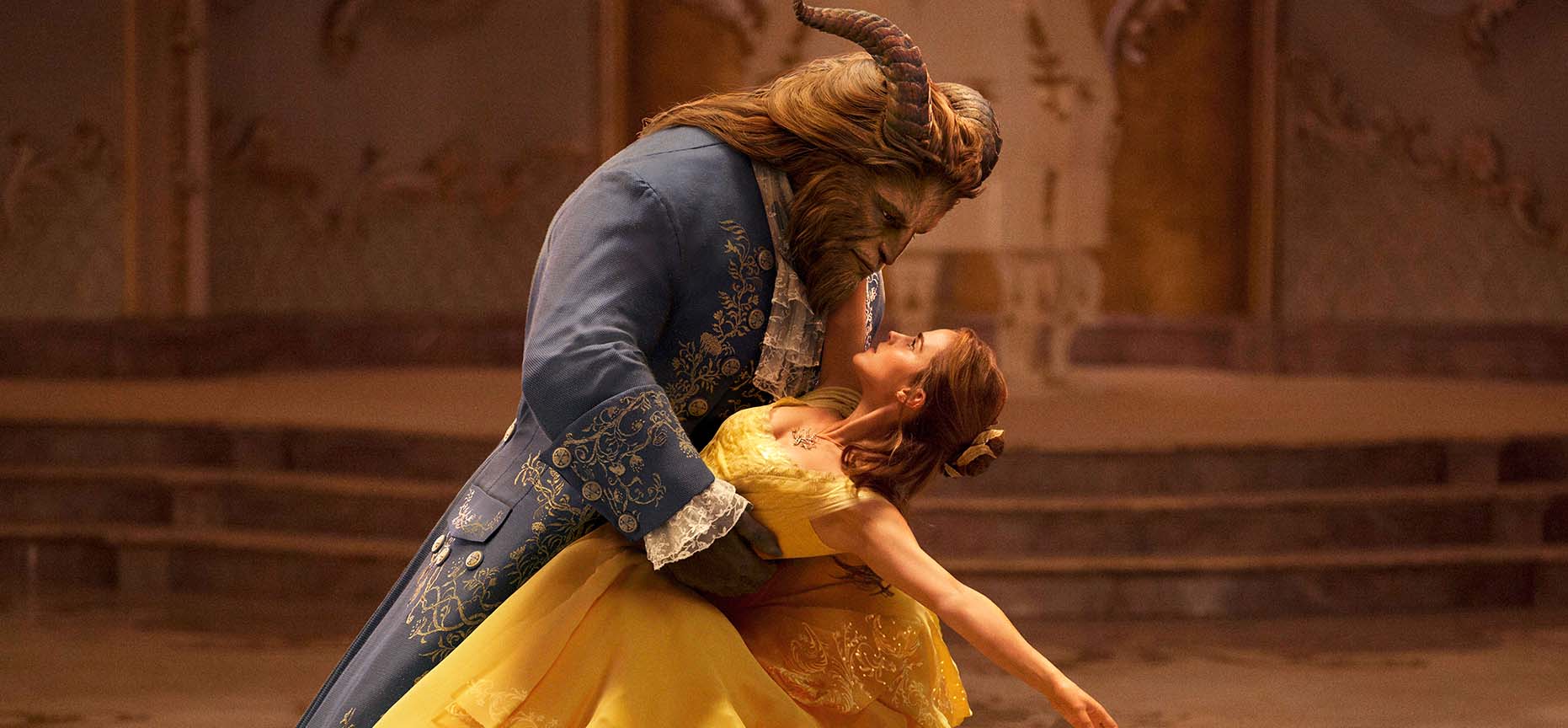
No Guest Found in this category
After the success of Maleficent in 2014, and Cinderella in 2015, Disney began a new tradition of remaking some of their most beloved animated classics into live-action films. For the most part, fans have loved seeing their favorite stories and characters being brought to life in a new way.
For some, however, the changes that come in the transition from animation to live-action have been a little hard to swallow. This is understandable. The animated classics are a big part of many people’s childhoods, and they have a strong attachment to them. They may think they don’t need to change.
Sometimes, though, change can be a good thing. Here’s why it’s okay for Disney’s live-action remakes to be different from the originals.
Sometimes, the remakes have given us better role models
1950’s Cinderella is undoubtedly a classic. However, while the title character was praised in reviews at the time as endearing, by modern standards, she is a rather passive figure in the story. She accepts her mistreatment at the hands of her stepfamily without much of a fight, and even her animal friends refer to her by the cruel nickname of Cinderella. She would not have made it to the Ball without her Fairy Godmother, and needs to be rescued by her animal friends before she can try on the slipper and prove her identity to the Duke at the end of the film.
This is not the case in the 2015 remake, starring Lily James in the lead role of Ella. Ella very much lives up to the motto of ‘Have courage and be kind’, even in the face her cruel stepmother and sisters. However, she is less passively accepting of their cruelty towards her. At one point, she flees her home to get away from them for a while, where she meets the Prince, endearing herself to him by helping a stag escape a hunting party. This earlier encounter makes Ella and the Prince’s connection less superficial than it may have seemed in the original. Later, while the mice do open a window for her, it is Ella’s own voice that alerts the Prince’s party to her presence in the house. Ella’s role as the hero of her own story has prompted many to view her as a better role model for young girls than the animated Cinderella.
Longer runtime? Room for another song!
Most of Disney’s live-action remakes run, on average, about 20-30 minutes longer than their animated counterparts. This means there’s a little more time to spend on developing certain characters than they had in the original film. In classic Disney fashion, this development often comes in the form of a song!
The animated Beauty & The Beast lacked a solo song for the Beast, but the 2017 remake gave him Evermore. Aside from being one of the most memorable of the remake’s new songs, Evermore adds to the plot, confirming that The Beast has truly learned to love Belle.
Before 2019’s Aladdin remake, Jasmine was one of the only Disney Princesses to be without a solo musical number. Now, of course, she has Speechless, performed brilliantly by Naomi Scott in the film. Many fans believe that both Evermore and Speechless were robbed after failing to secure Best Original Song nominations at the Oscars in the years of their release.
A chance to fix past mistakes
Nearly everyone loves Mushu, Mulan’s wisecracking dragon sidekick from the 1998 animated film. So, many fans were upset to learn that the character had been cut from the live-action remake released this year, with some even refusing to watch. Those fans obviously don’t remember how controversial a figure Mushu was in China when the original Mulan was released. Dragons are strong, wise, spiritual beings in Chinese culture, and many deemed the use of Mushu as a funny little sidekick disrespectful.
Disney has made a notable effort to be more culturally sensitive in recent years, and this commitment to being more respectful contributed to the decision to cut Mushu from the new film. It’s worth noting that the Mulan remake is a more serious take on the story, closer to an adaptation of the original folk tale than a strict remake. Because of this, Mushu’s absence is nowhere near as noticeable as one might expect.
It is normal for fairytales to evolve over time
Most well-known fairytales today are probably unrecognisable when compared to the original version of the story. They have changed and evolved through numerous tellings and retellings, with parts added or subtracted to fit the values of the time in which they are being told. It is normal, natural, and expected for fairytales to change. Change is good. It moves us forward.
The changes seen in Disney’s live-action remakes are simply the next stage in the evolution of these stories, the next step in a process that began hundreds of years ago.
We can’t wait to see what comes next.
‘Mulan’, the latest live-action remake of a classic Disney animated film, is now available on Disney+.








